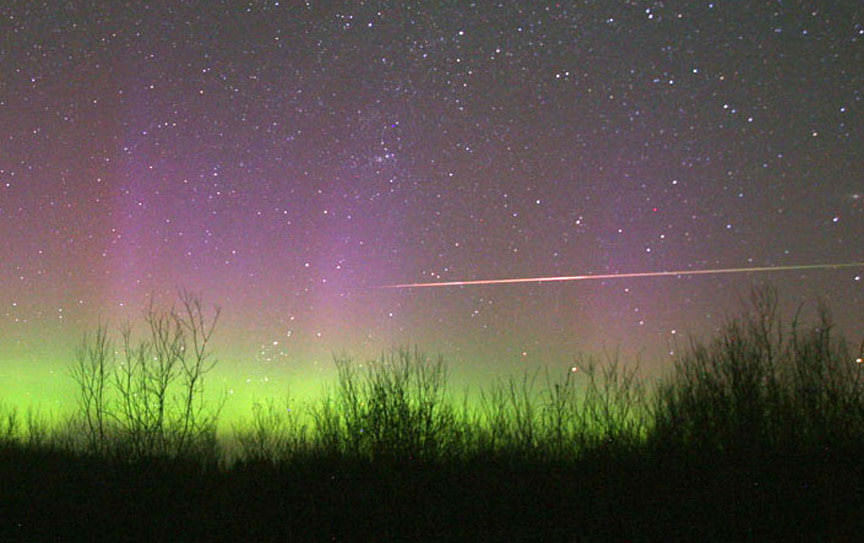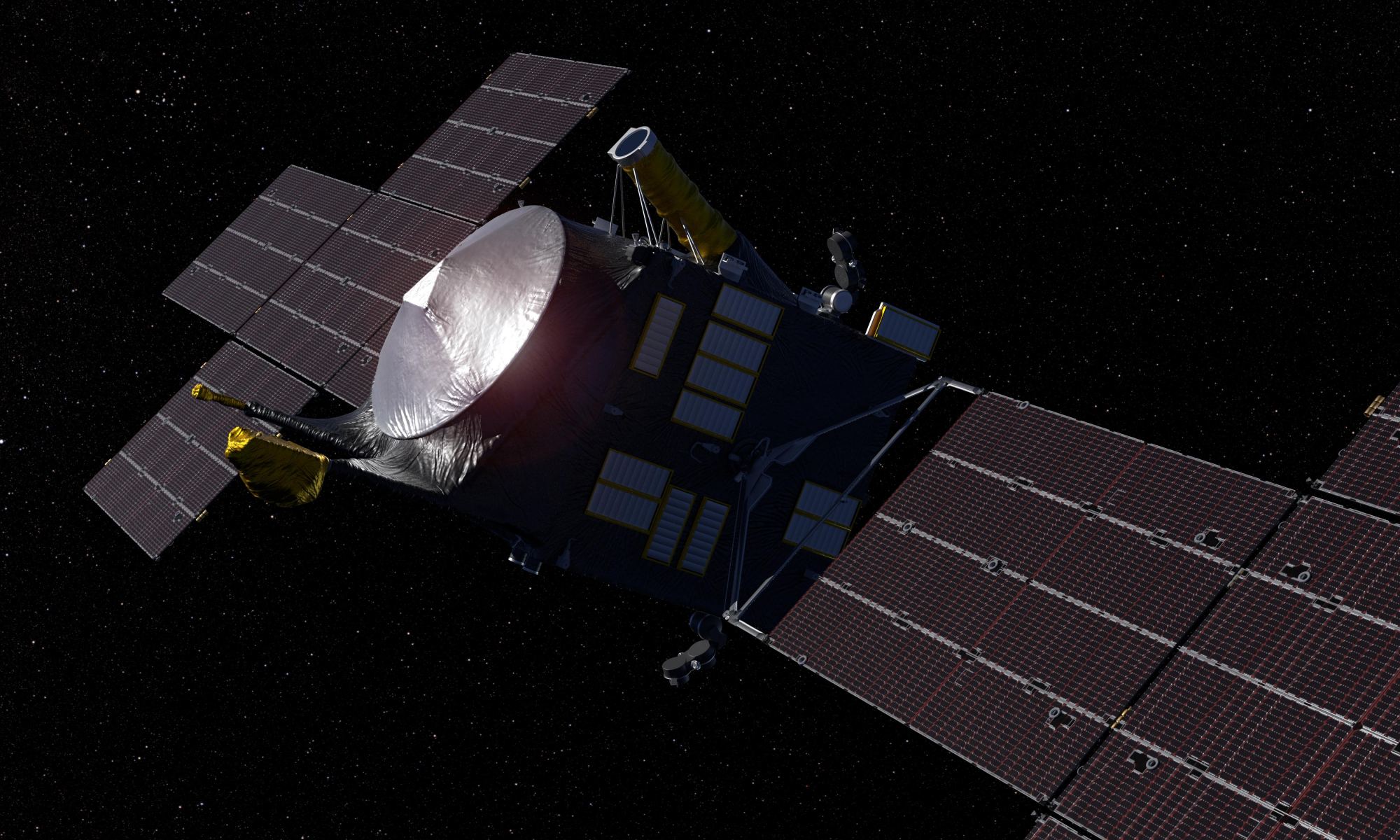In a year of devastating wildfires, destructive derechos, early and active hurricanes, widespread social unrest, contentious politics and more — all amid an unprecedented global pandemic — it might seem fitting that ‘asteroid impact’ would be added to the 2020 bingo card.
Continue reading “Completely Harmless Asteroid Almost Certainly Won’t Hit Earth Just Before the US Election”Ancient Meteorites Can be Found Embedded in Rocks, Like Fossils
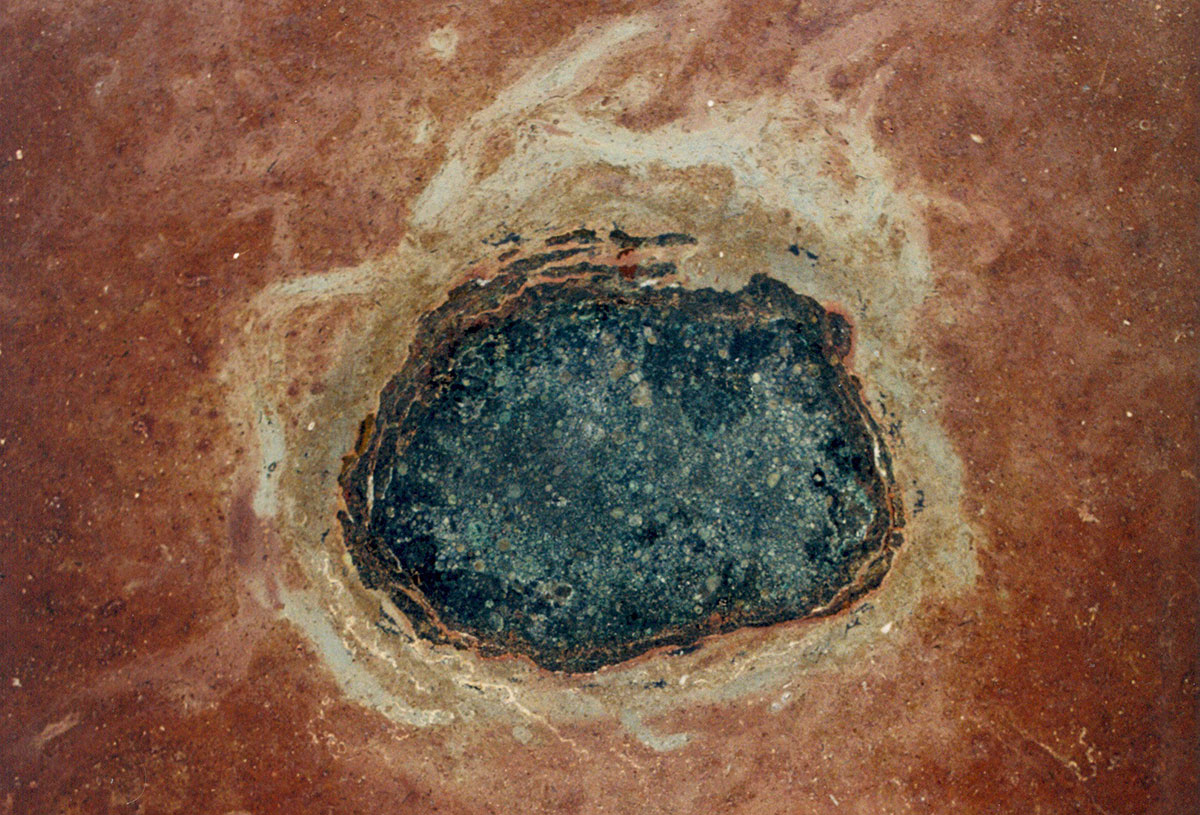
Comets visit the inner Solar System, and leave without saying goodbye. Maybe they leave a trail of dust behind, and when the Earth passes through it, we get a pretty light show in the night sky, in the form of a meteor shower. Likewise, asteroids frequently go whizzing by, though they don’t leave us with a pyrotechnic display.
Sometimes these rocky interlopers head straight for Earth. And when they do, the results can be cataclysmic, like when an asteroid struck Earth about 66 million years ago, wiping out the dinosaurs and 75% of life on Earth. Other times, it’s not quite as cataclysmic, but still devastating, like in about 2350 BC, when debris from a disintegrating comet may have caused the collapse of an ancient empire.
But regardless of the severity of any of these individual events, the conclusion is crystal clear: Earth’s history is intertwined with the coming and going of space rocks. The evidence is all around us, sort of.
Continue reading “Ancient Meteorites Can be Found Embedded in Rocks, Like Fossils”800 Million Years Ago, it Was Raining Asteroids on the Earth and Moon
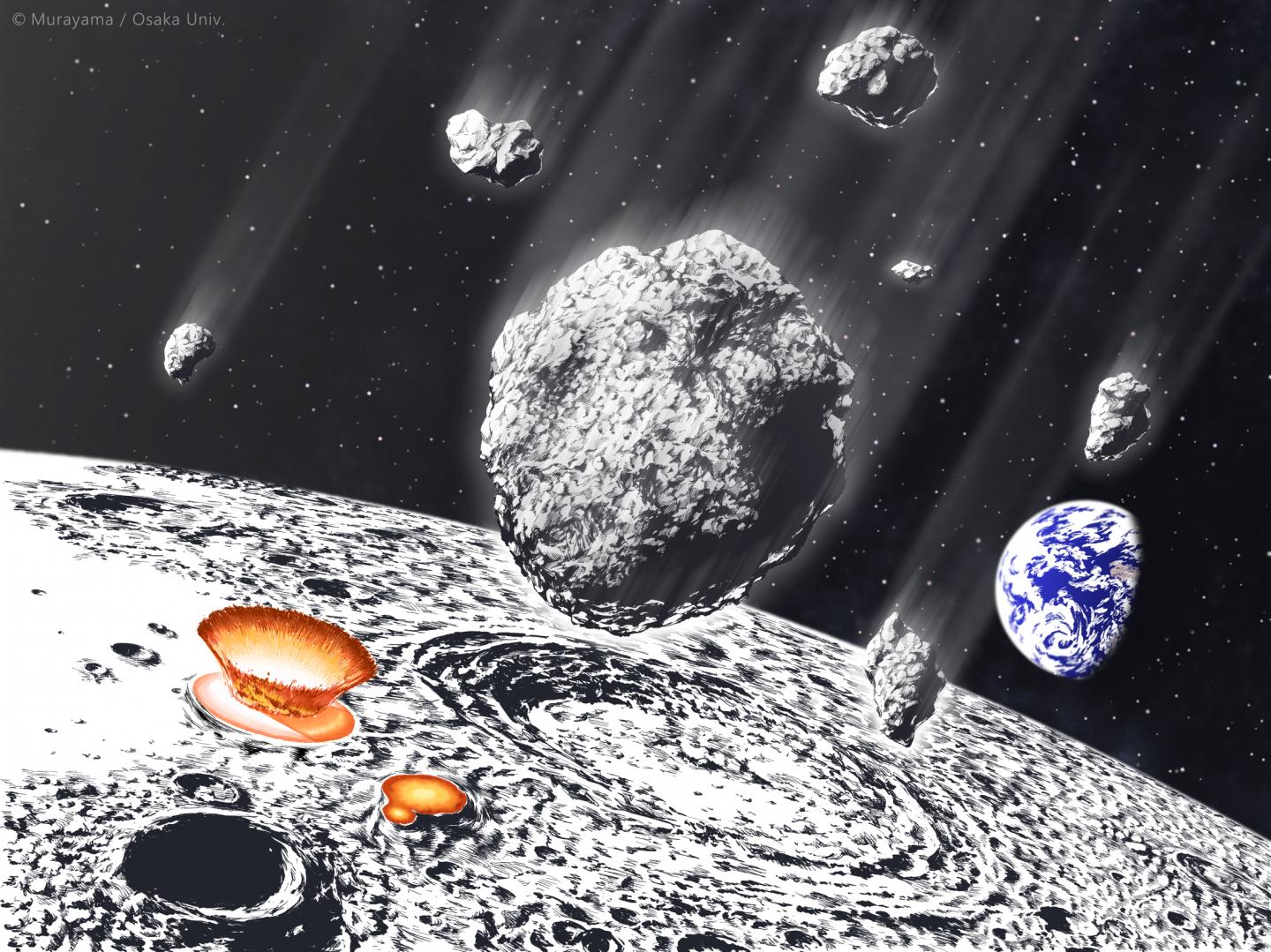
Natural processes here on Earth continually re-shape the planet’s surface. Craters from ancient asteroid strikes are erased in a short period of time, in geological terms. So how can researchers understand Earth’s history, and how thoroughly it may have been pummeled by asteroid strikes?
Scientists can turn their attention to our ancient companion, the Moon.
Continue reading “800 Million Years Ago, it Was Raining Asteroids on the Earth and Moon”Organic Matter Could Have Delivered Earth’s Water
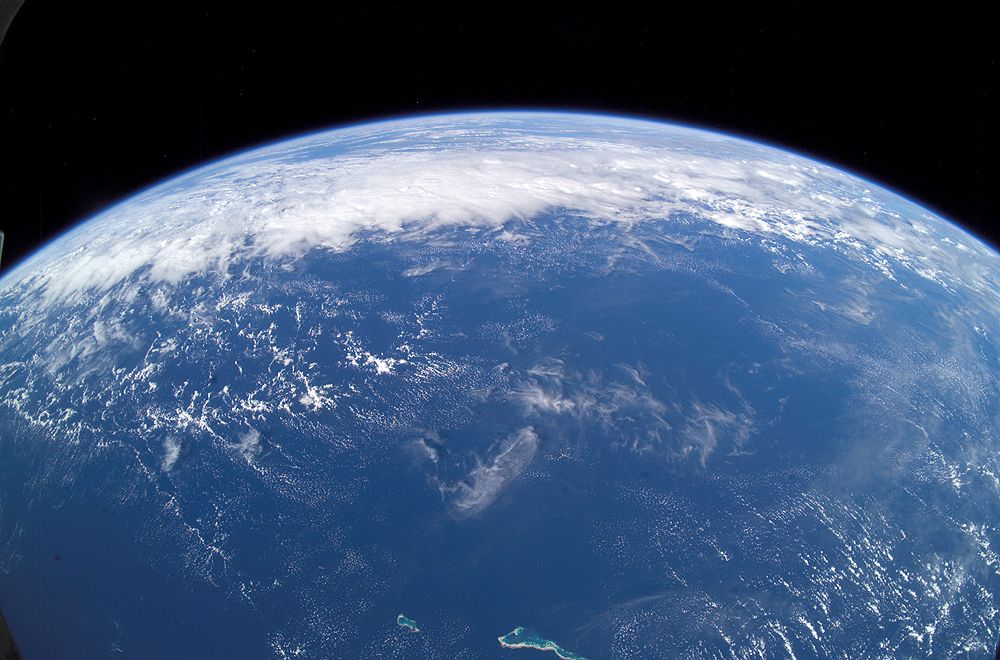
The origin of Earth’s water is a big piece of the puzzle in Earth’s history. Did it come from comets and asteroids? From water-bearing space dust? The scientific debate is not settled.
Now a new study shows that water could have been delivered to Earth by organic matter.
Continue reading “Organic Matter Could Have Delivered Earth’s Water”That’s So Metal. NASA’s Psyche Mission is Now Under Construction
In August of 2022, NASA will send a robotic spacecraft to the Main Asteroid Belt to explore a truly unique object: a metal asteroid. This object is known as 16 Psyche, is one of the largest asteroids in the Belt, and is composed almost entirely of iron and nickel. The most widely-accepted theory is that it used to be the core of a protoplanet in the Belt that experienced a massive collision that sent its rocky crust and mantle into space.
The spacecraft, also named Psyche, was submitted as part of a call for proposals for NASA’s Discovery Program in 2015 and was selected as the 14th Discovery mission by 2017. Most recently, the spacecraft passed a crucial milestone by moving from the planning and designing phase to the manufacturing phase, where all of the hardware that will allow it to make the journey is being assembled.
Continue reading “That’s So Metal. NASA’s Psyche Mission is Now Under Construction”Rocks on Bennu are Cracking Because of the Constant Day/Night Cycling

Asteroid Bennu is blanketed by rocks and huge boulders. And now that the OSIRIS-REx spacecraft is taking a close look at those rocks, researchers are able to see something surprising for an airless body: the rocks have tiny cracks and fissures.
The cause?
Continue reading “Rocks on Bennu are Cracking Because of the Constant Day/Night Cycling”Astronomers Finally Think They Understand Where Interstellar Object Oumuamua Came From and How it Formed

‘Oumuamua caused quite a stir when it visited our Solar System in 2017. It didn’t stay long, however, and when it was spotted with the Pan-STARRS telescope in Hawaii on October 19th, it was already leaving. But its appearance in our part of the Universe spawned a lot of conjecture on its nature and its origins.
Continue reading “Astronomers Finally Think They Understand Where Interstellar Object Oumuamua Came From and How it Formed”Asteroid Bennu is Getting Some Official Names for its Surface Features
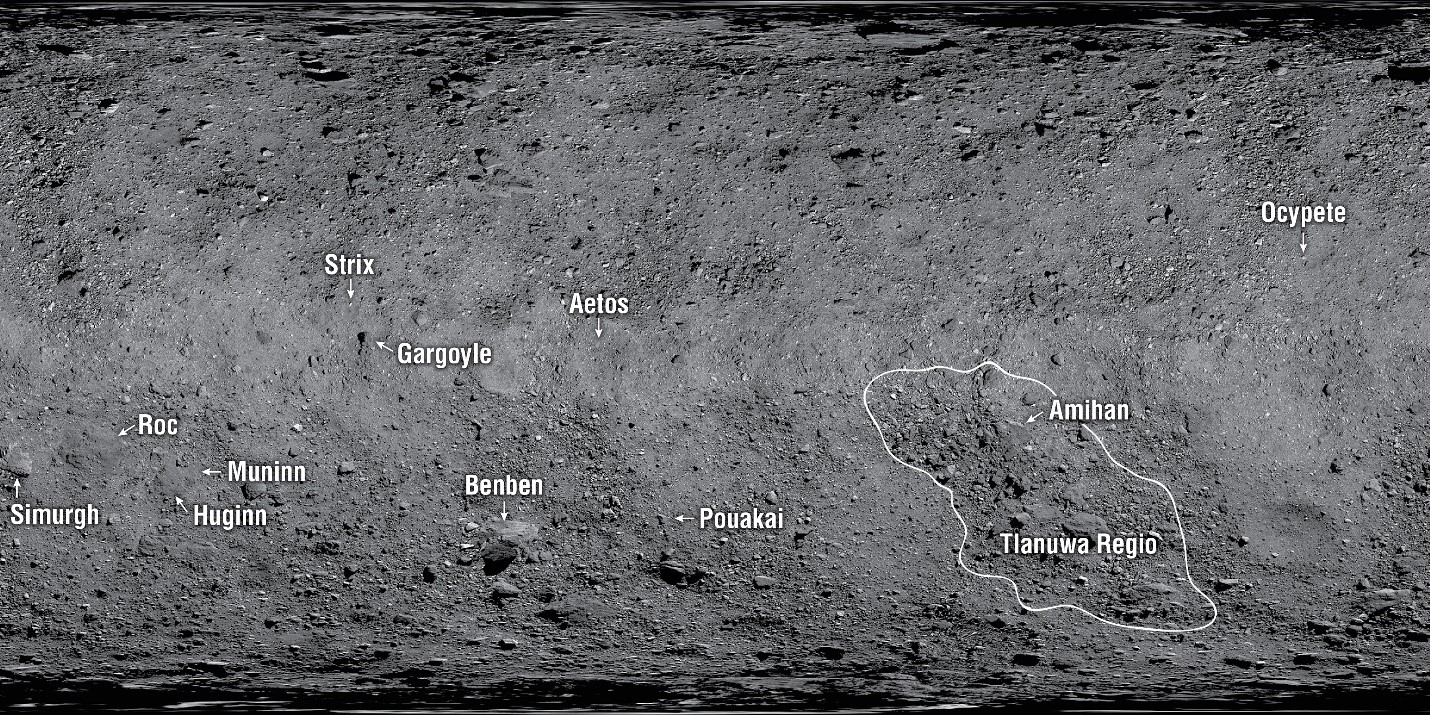
Late last summer, NASA and the International Astronomical Union’s Working Group for Planetary System Nomenclature (a.k.a WGPSN) approved the naming convention for features on Bennu, the asteroid currently being orbited and studied by the OSIRIS-Rex spacecraft. The naming theme chosen was “birds and bird-like creatures in mythology.”
The first twelve features thusly named have now been announced. But more importantly, some of these features will be instrumental in helping to guide OSIRIS-REx to the surface of the asteroid later this year.
Continue reading “Asteroid Bennu is Getting Some Official Names for its Surface Features”OSIRIS-REx did its Closest Flyover Yet, just 250 Meters Above its Sample Site
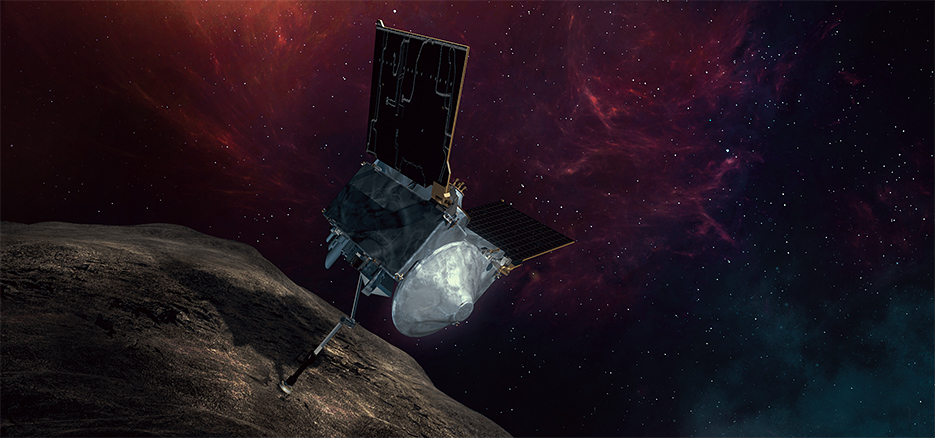
NASA’s OSIRIS-REx is getting closer, physically and temporally, to its primary goal. The spacecraft arrived at Bennu at the end of 2018, and for just over a year it’s been studying the asteroid, searching for a suitable sampling site. To do that, it’s getting closer and closer.
Continue reading “OSIRIS-REx did its Closest Flyover Yet, just 250 Meters Above its Sample Site”OSIRIS-REx Flew 620 Meters Above its Landing Site. Confirms that it’s a Boulder-Strewn Nightmare, Just Like the Rest of Bennu
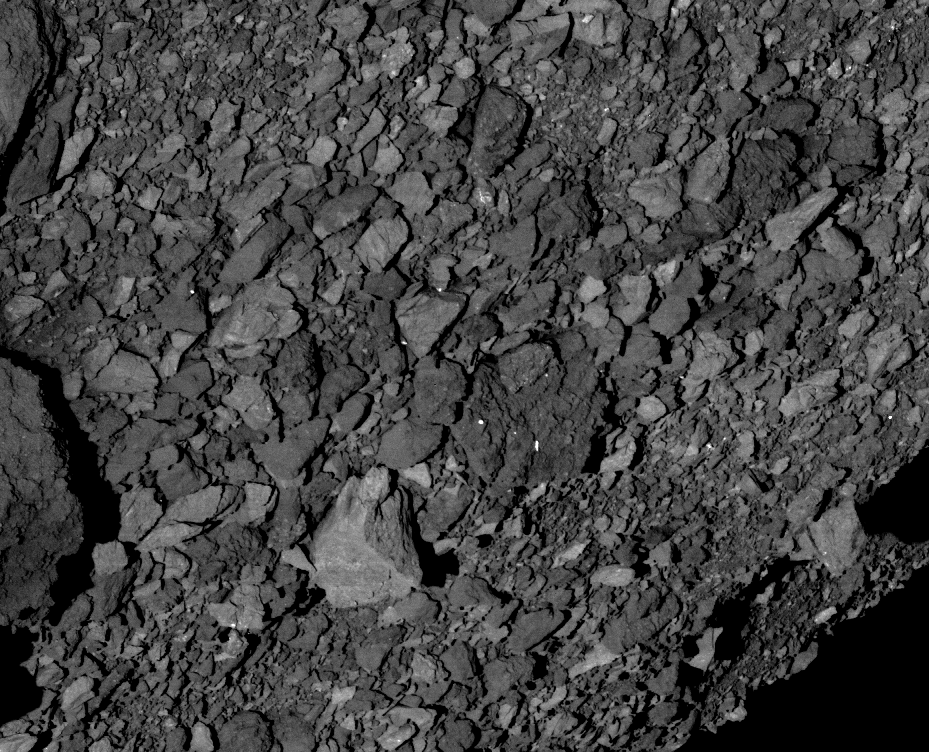
NASA’s OSIRIS-REx spacecraft reached its target, asteroid Bennu (101955 Bennu), on December 3rd, 2018. Since then, the spacecraft has been examining the asteroid’s surface, looking for a suitable landing spot to collect a sample. The problem is, Bennu has a much rockier and challenging surface than initially thought.
Continue reading “OSIRIS-REx Flew 620 Meters Above its Landing Site. Confirms that it’s a Boulder-Strewn Nightmare, Just Like the Rest of Bennu”
